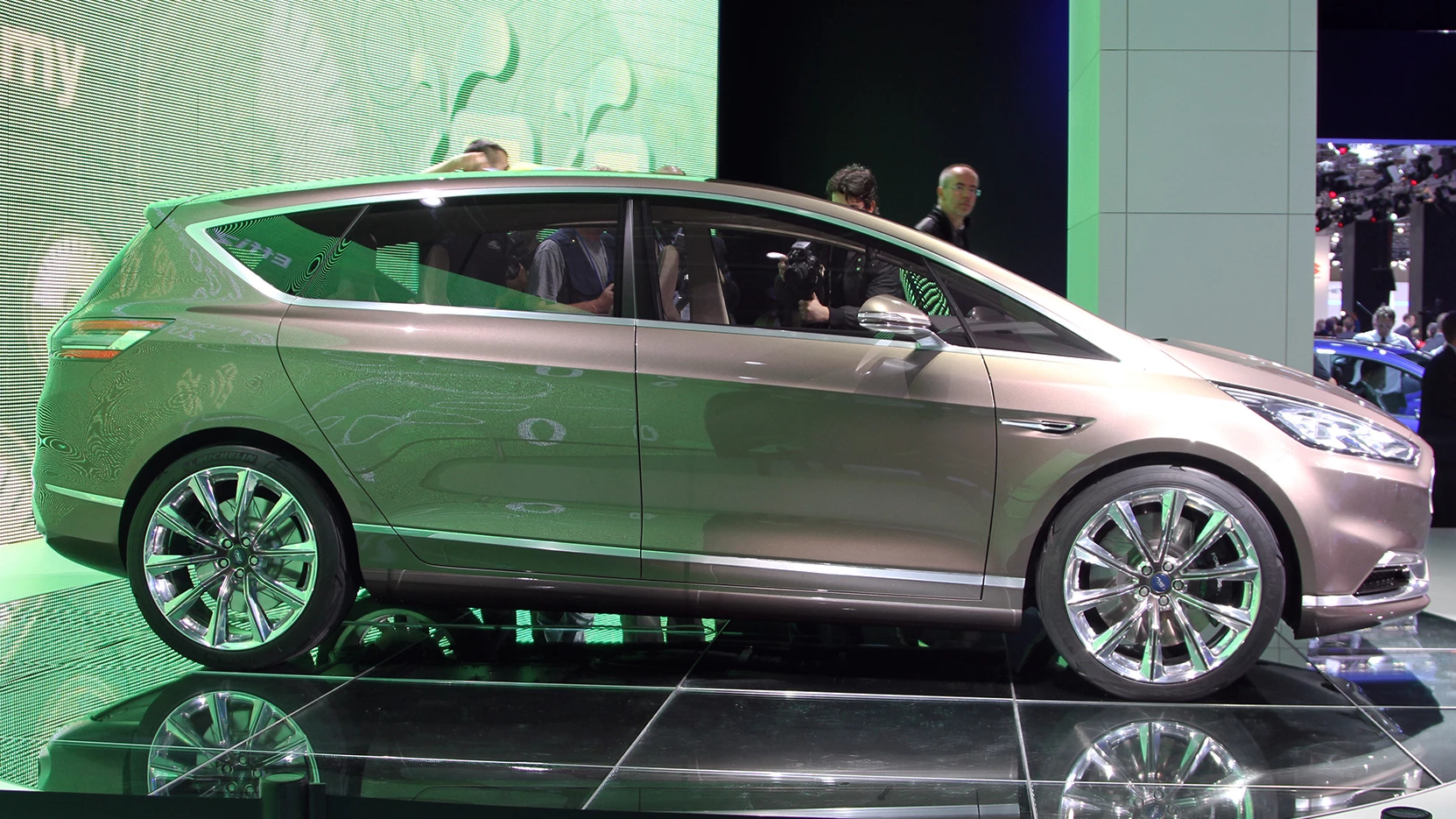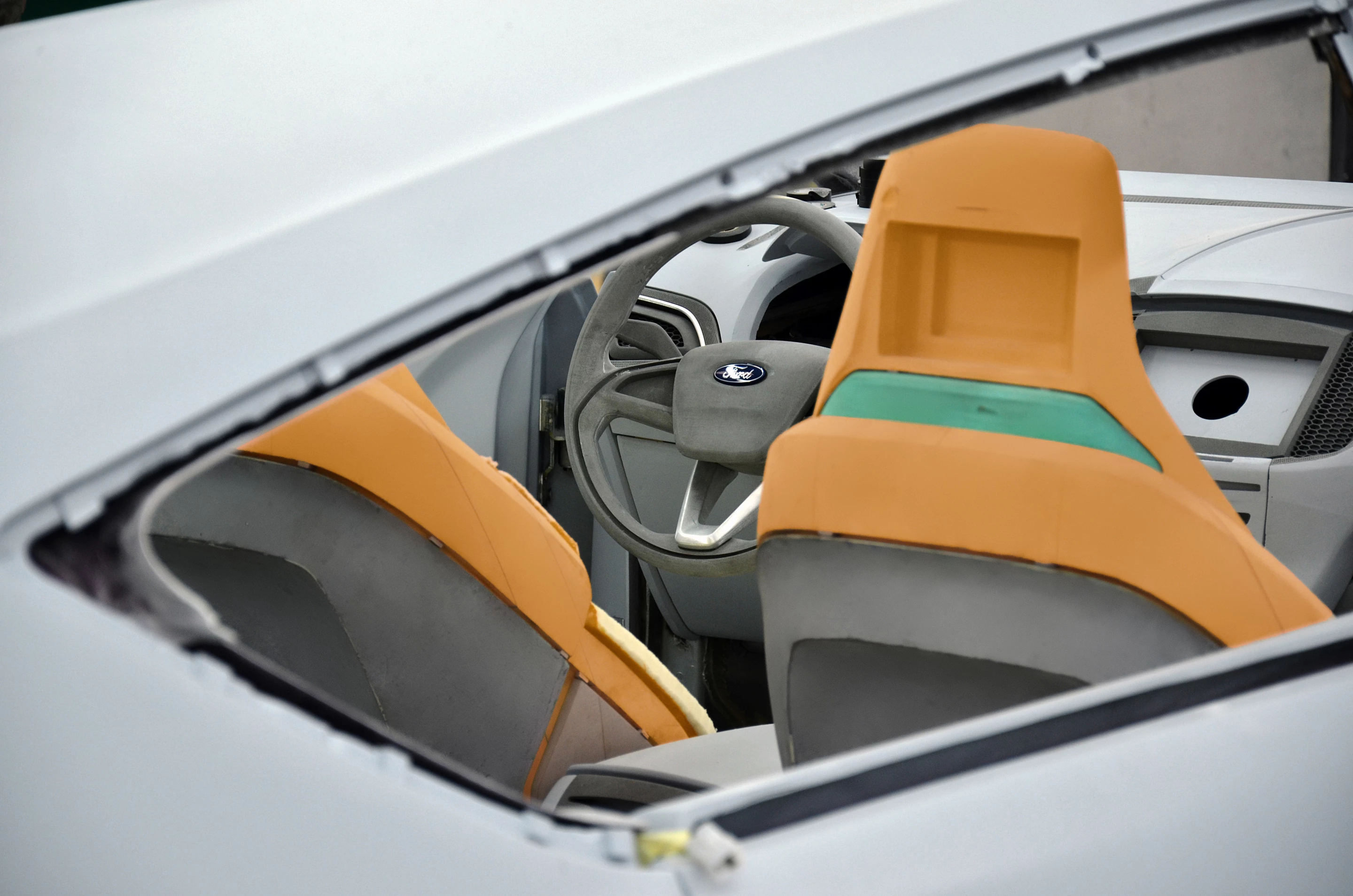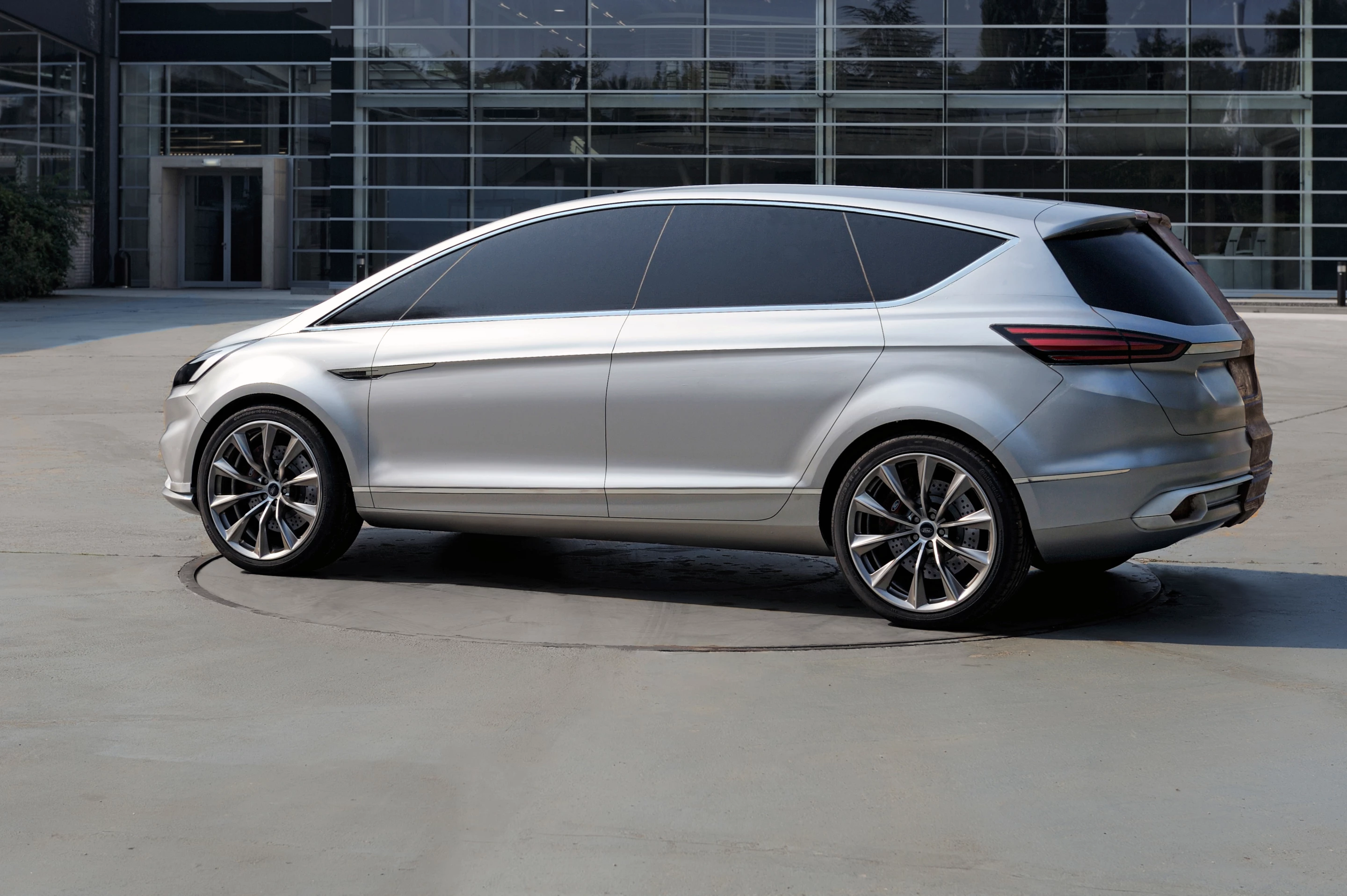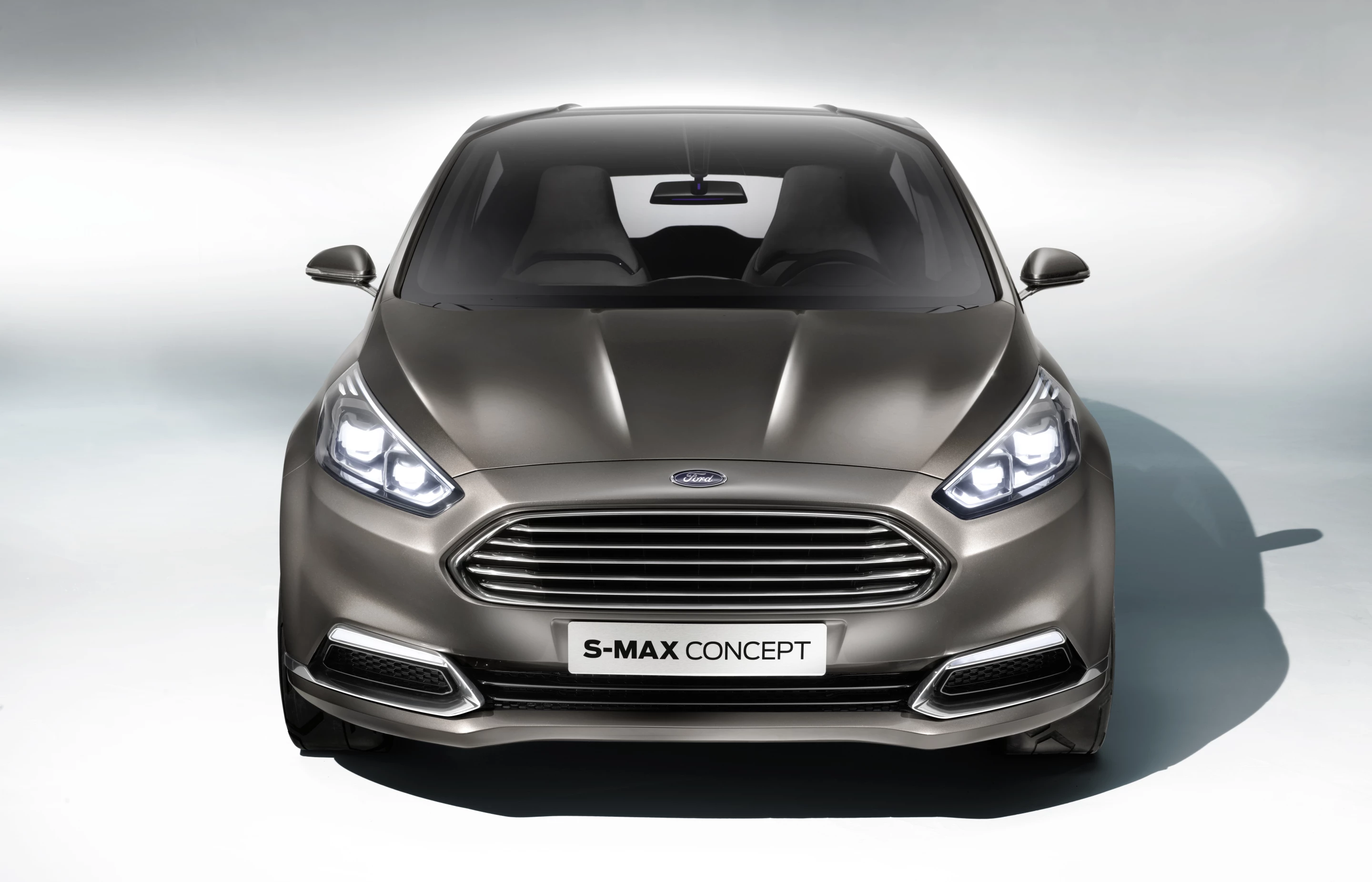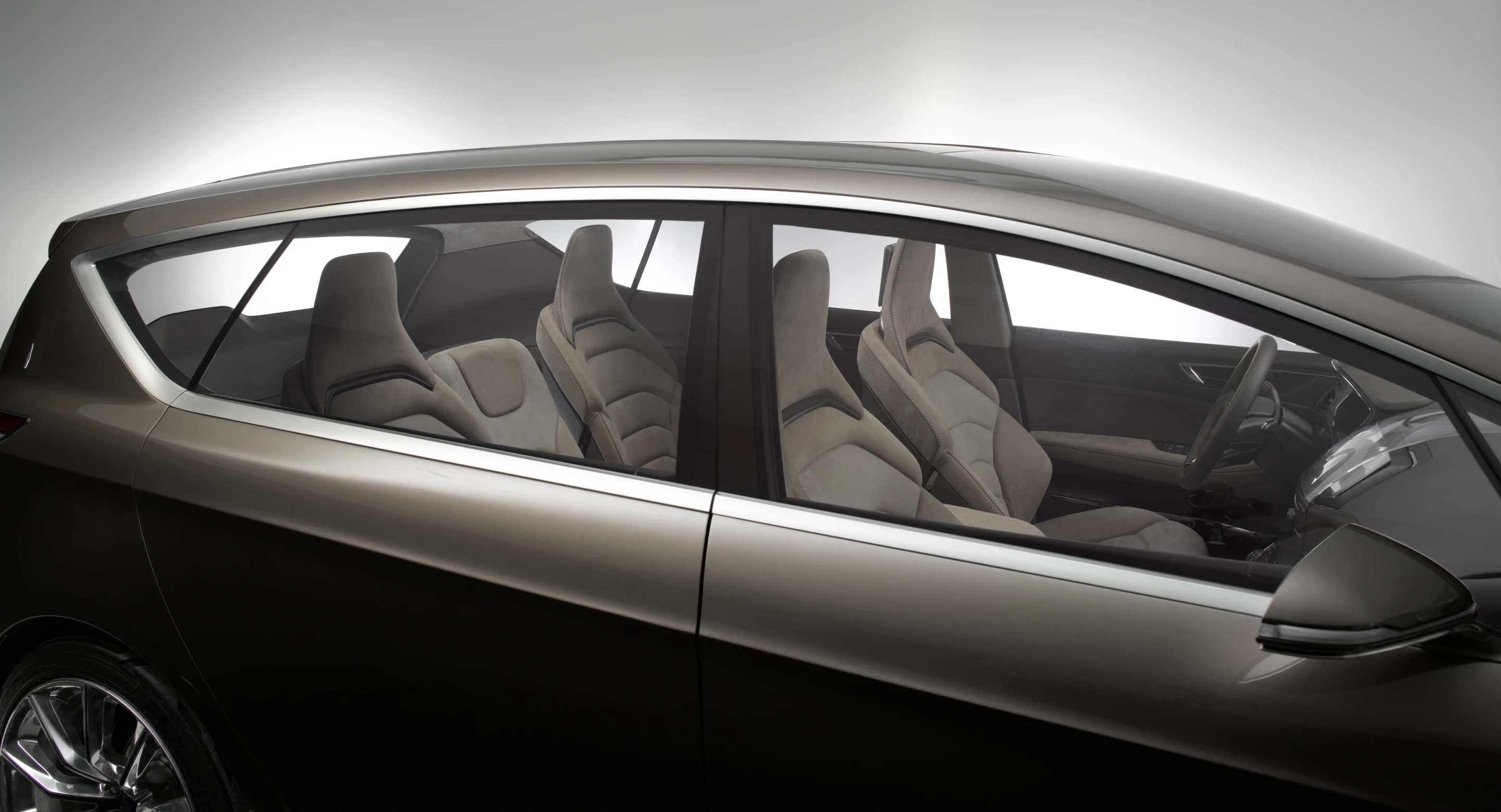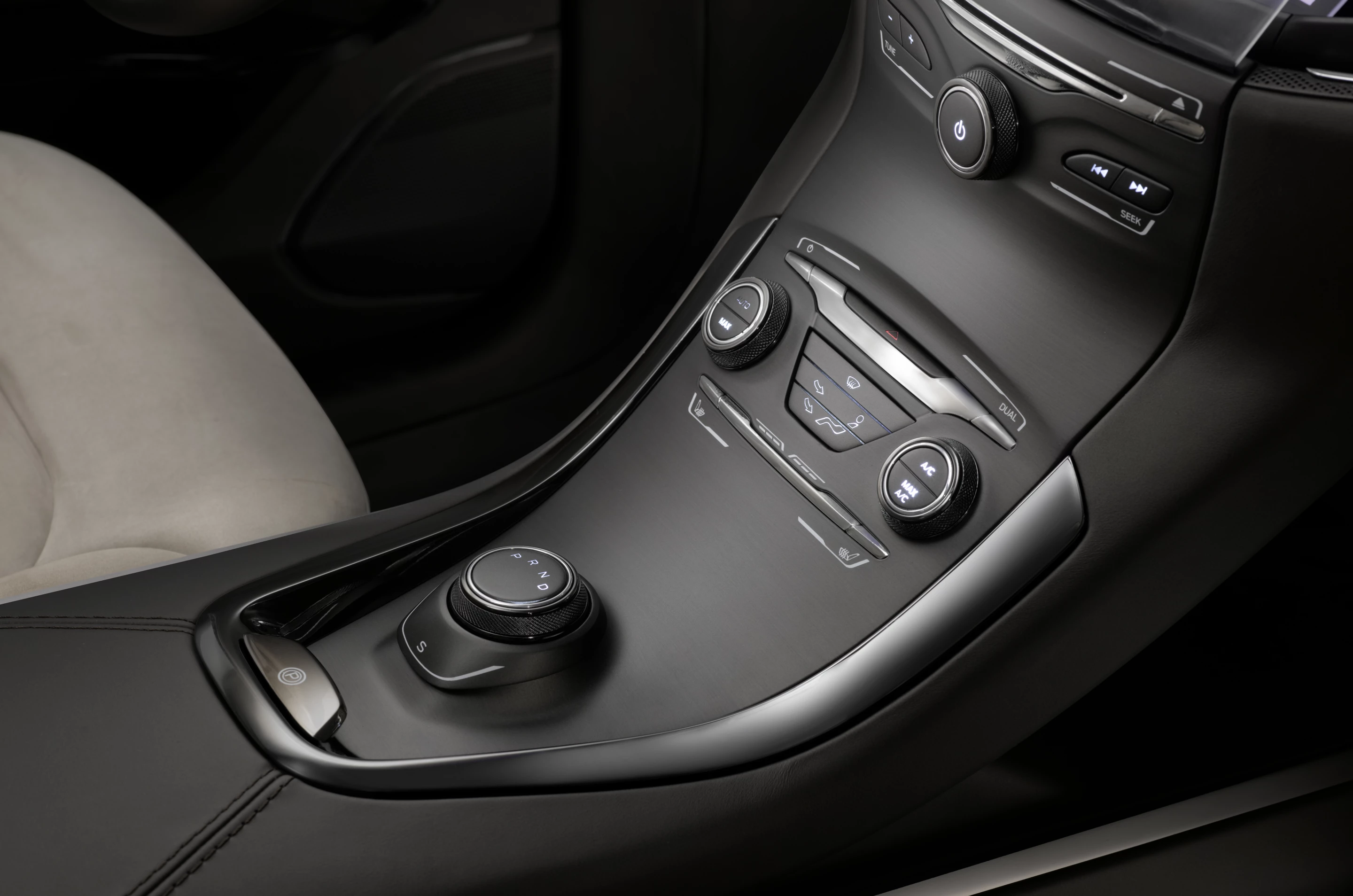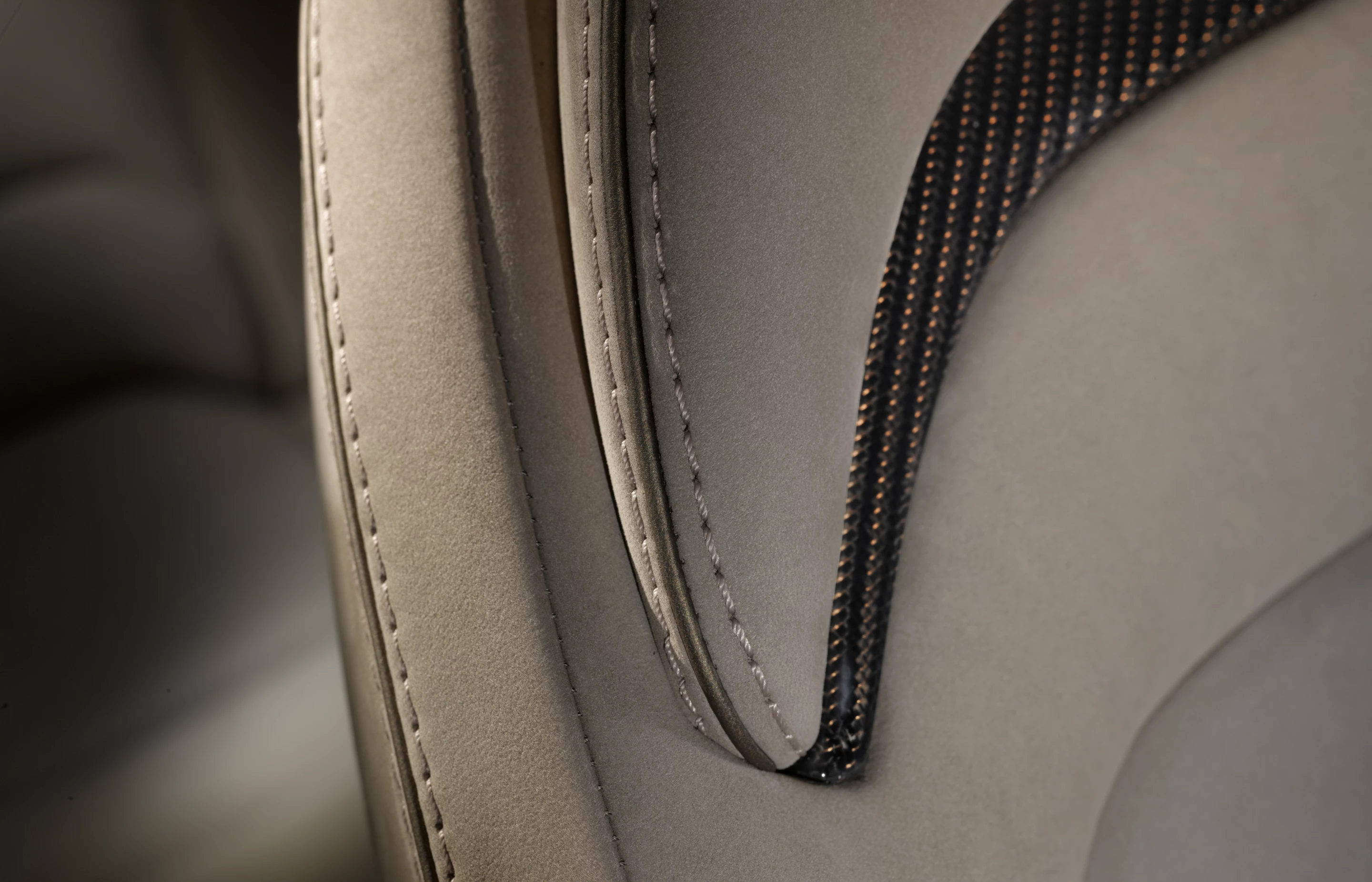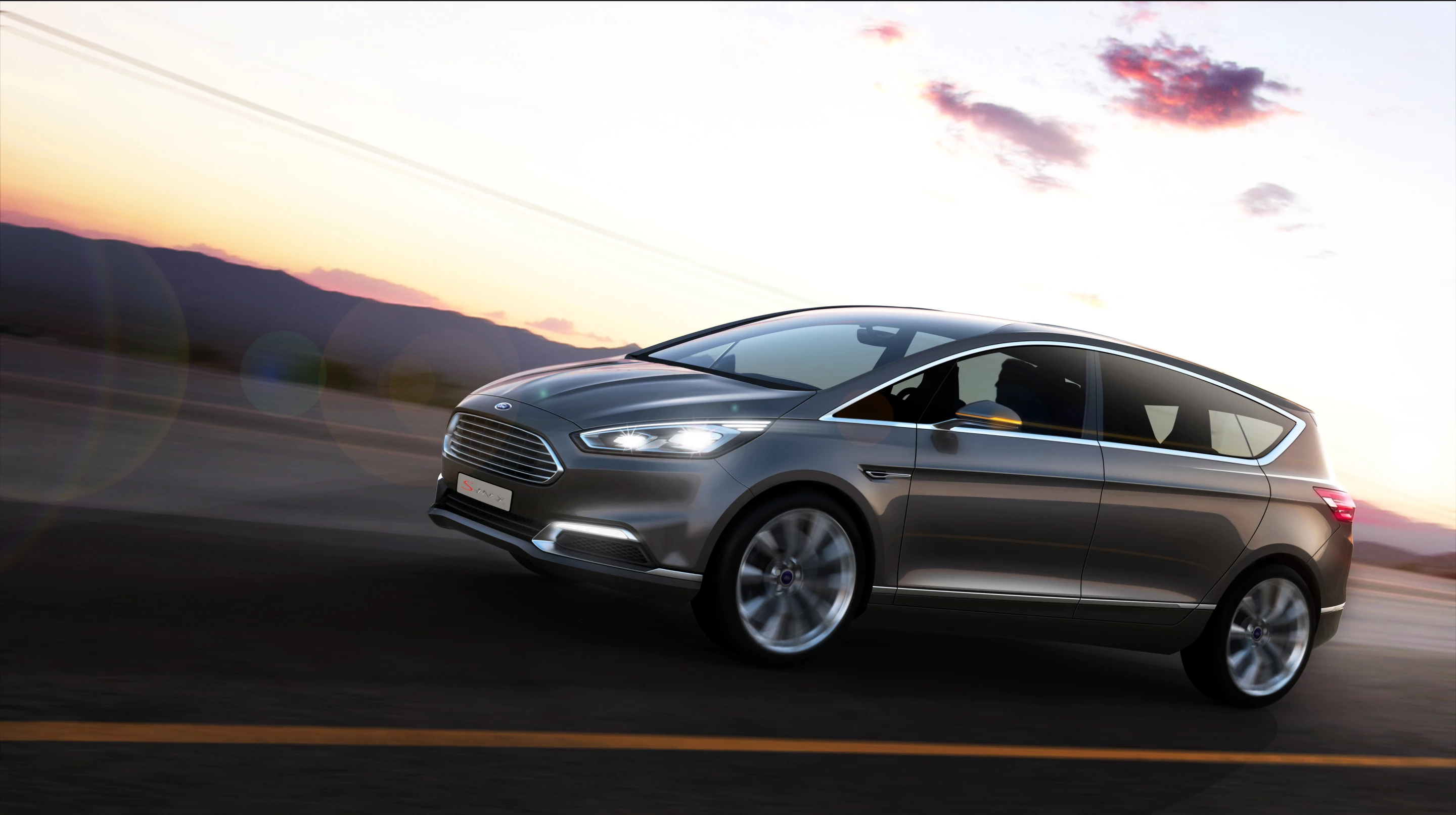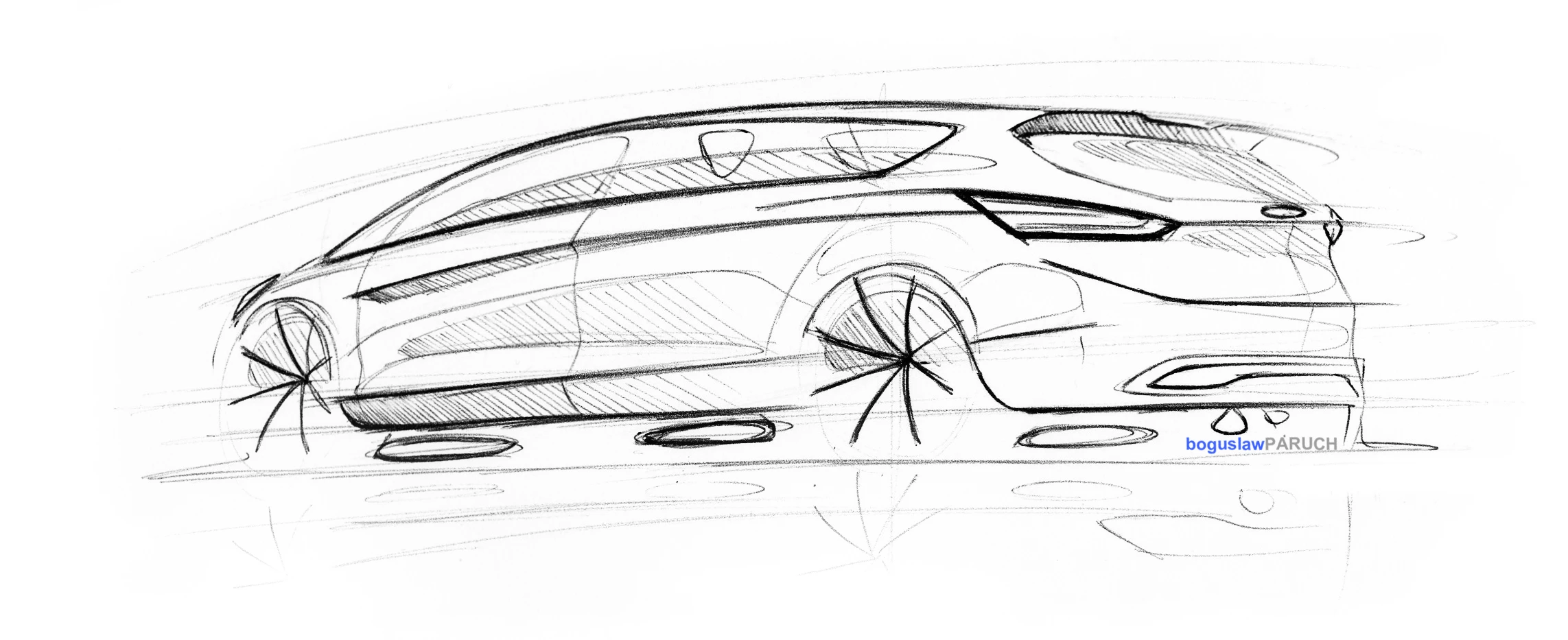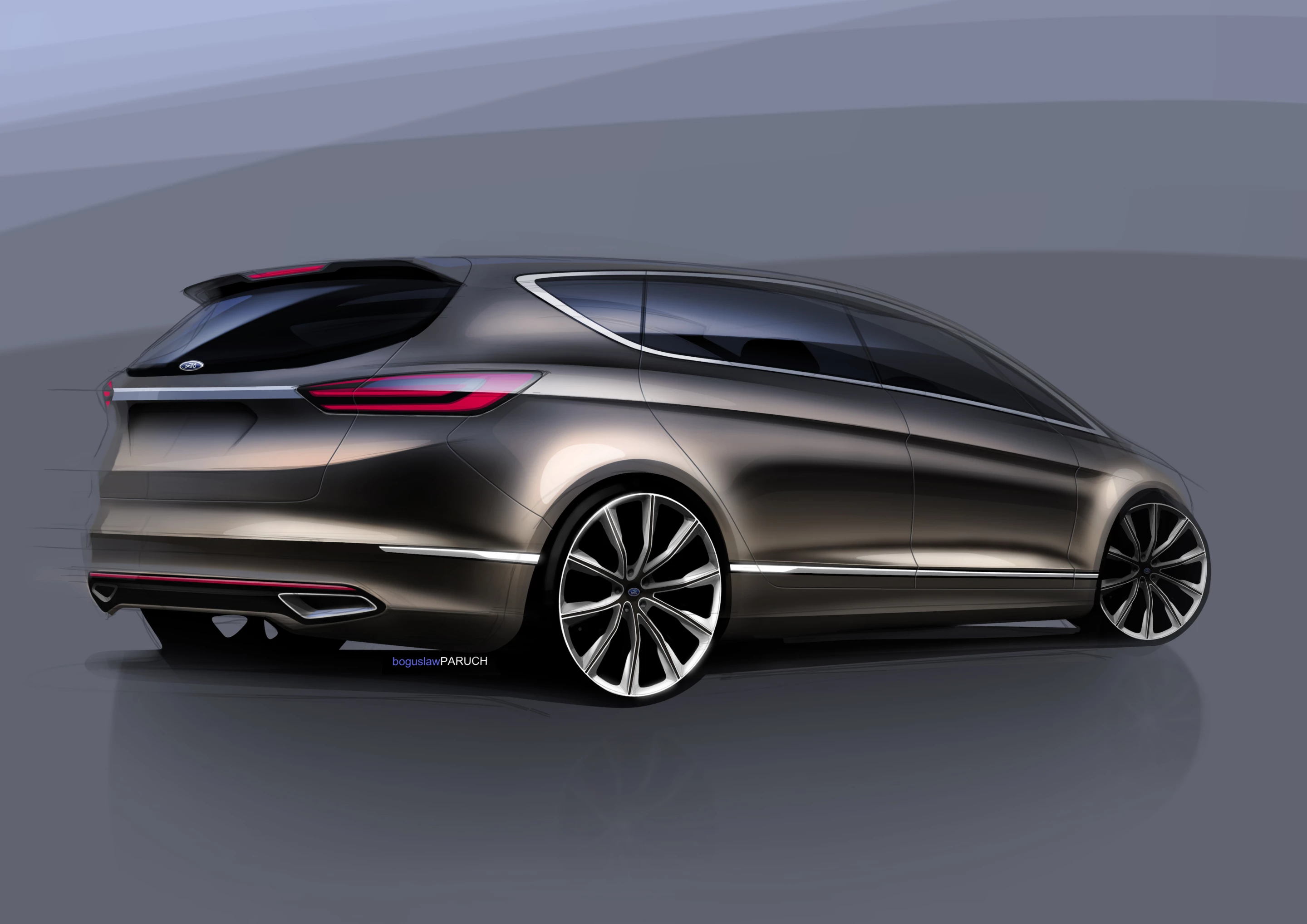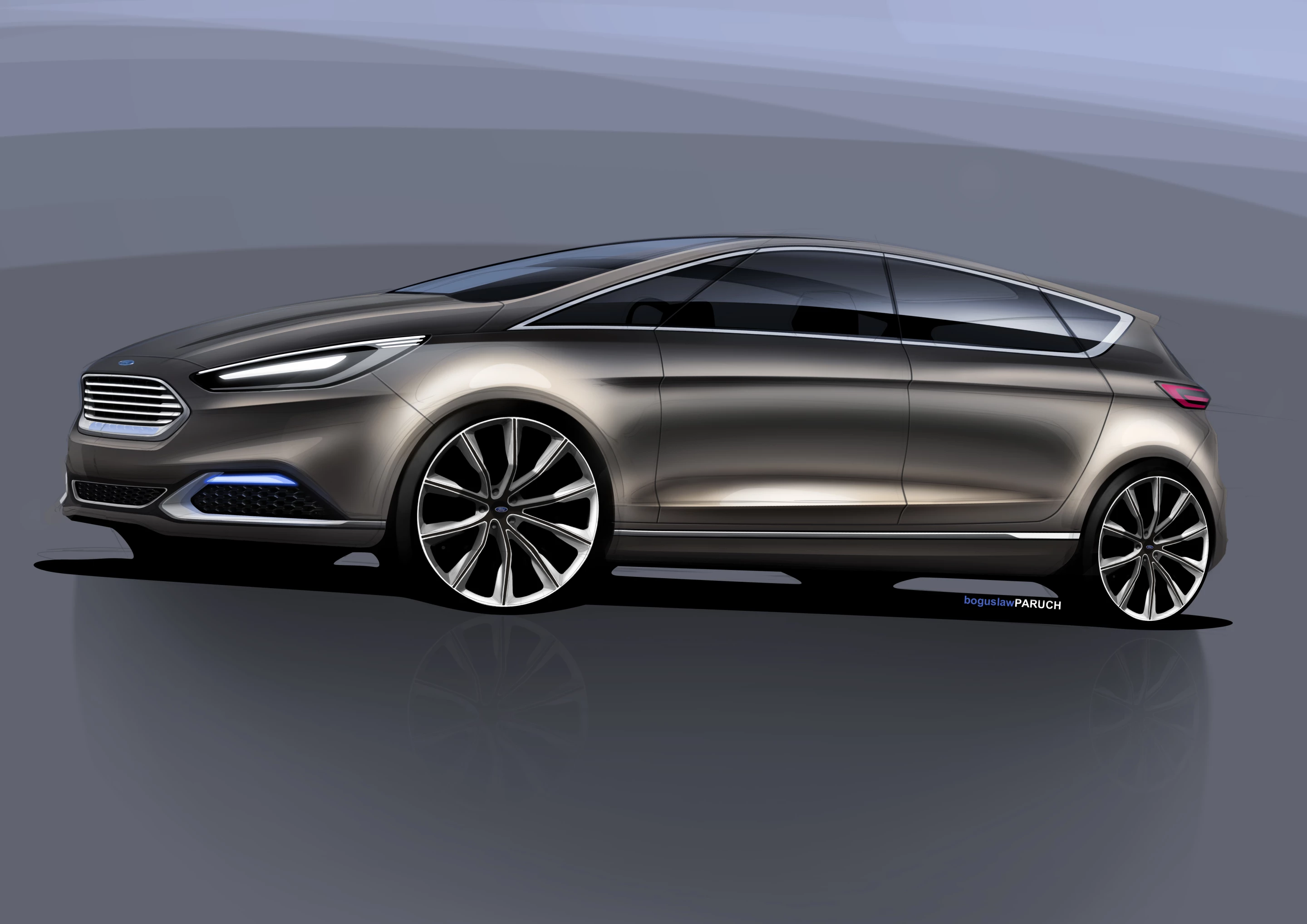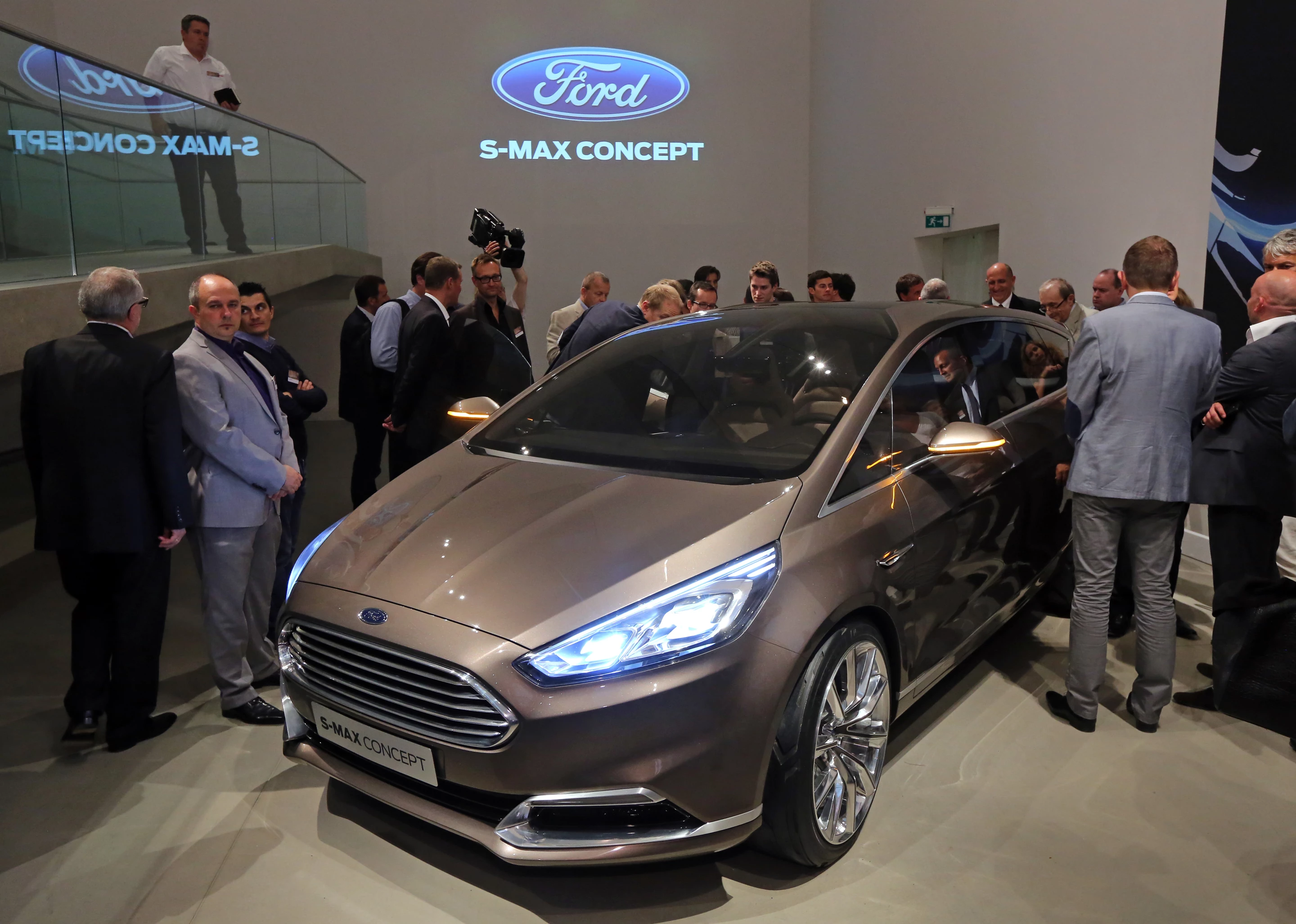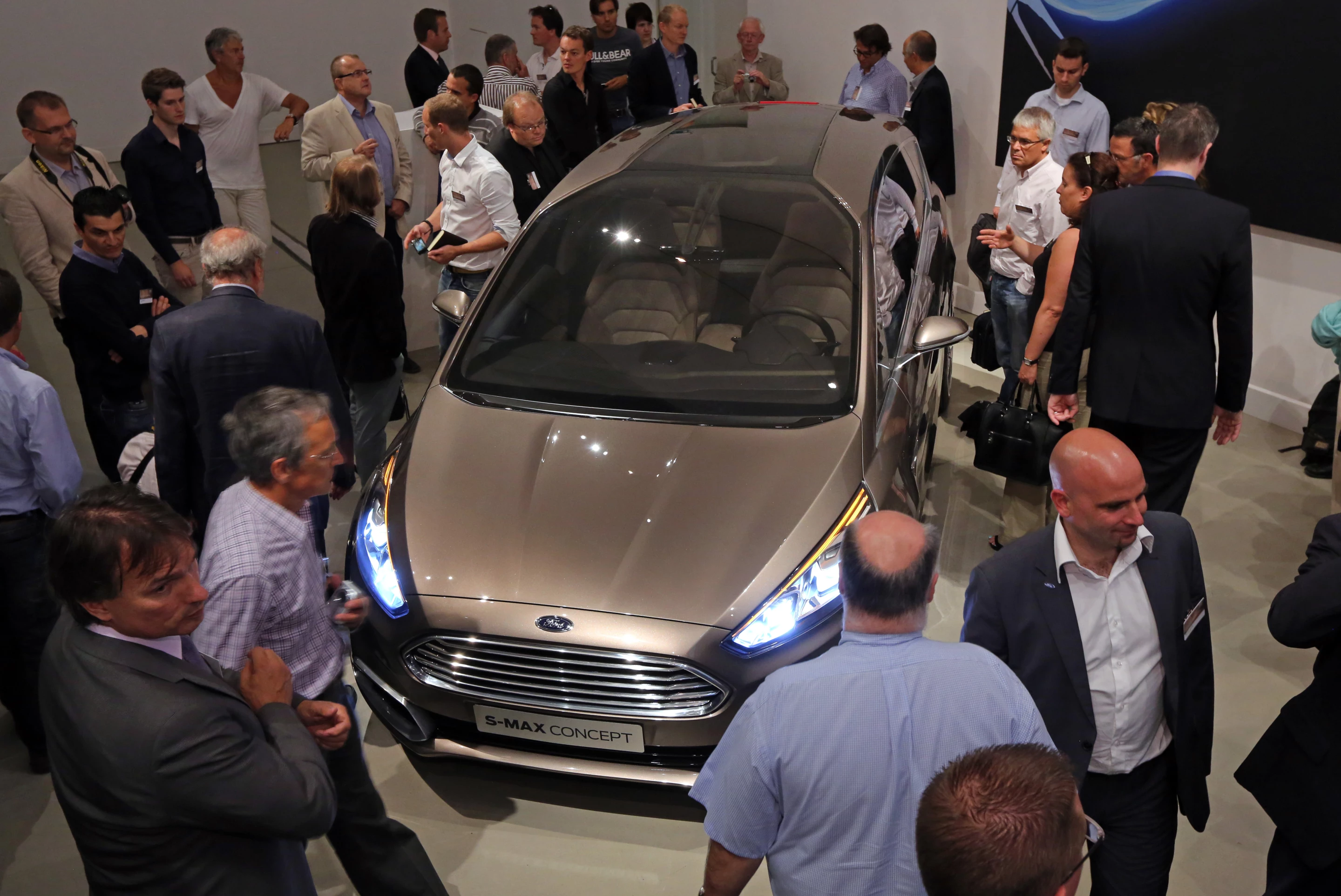Ford Europe has unveiled a car that may one day be able to tell if you’re having a heart attack at the wheel and call for help. Recently rolled out in Cologne, the company's S-Max Concept is said to combine a new style language with a new suite of interactive technologies, that do everything from parking the car entirely under its own control to monitoring the driver’s heartbeat.
The S-Max has been quite successful for Ford since its introduction in 2006, which is pretty good for something that at first glance looks like a hatchback on steroids. Ford says that the latest iteration of its sport activity vehicle, that’s part sporty saloon and part practical people carrier, is marked by the company’s “style-without-compromise ethos” and retains current features of the S-Max line with new designs and digital technology.
As far as style is concerned, the car seems to be a bit conservative for a concept. This is probably because, as Ford puts it, the S-Max "reflects the new face of Ford," so it’s less about flash than about employing the vocabulary of Ford’s new global design style book to act as a showcase.
The S-Max Concept is still obviously an S-Max. It has the same dart-like profile of its predecessors (though with a high-mounted grille with echoes of Aston Martin), swept-back OLED headlamps that are small enough to allow for complex light designs and “infinite” color selection, and a bonnet that blends into the raked front windscreen and over the panoramic glass roof. A feature line in the profile provides a visual backbone for the style, and there’s a high rear end like something off a Fiesta or a Focus. Under the bonnet is the Ford turbocharged 1.5-liter Ecoboost petrol engine with twin-independent variable camshaft timing.

The interior of the S-Max Concept revolves around a driver-focused cabin that has a spacious feel due to the high-set instrument panel. There’s lots of soft leather with big stitching, and four- to seven-seat configurations, with a center seat in the second row that folds into the floor and two third-row seats that fold flush.
However, the attention grabber is the digital technology. First, there’s the Advanced Active Park Assist with perpendicular parking capability, which is able to control steering, gear selection and fore and aft movement. According to Pim van der Jagt, executive technical leader, Ford Research and Advanced Engineering, it’s a completely automatic system where you tell the car to park itself and it pulls into the stall. “All you have to do is turn off the ignition, get out of the car, and lock it,” says van der Jagt.
If your nerves managed to sit through the car going in, the S-Max Concept can also help getting out again with its Park Out Assist with Cross Traffic Alert. This system scans the area behind the car and alerts drivers to approaching traffic during that horrible period when you’re backing out, but can’t see anywhere except straight behind you because of the huge vans that are parked on either side of your car.
Once you've pulled out, the S-Max Concept’s Ford Intelligent Protection System with Pre-Collision Assist comes into play, which uses radar and cameras to warn of pedestrians in built-up areas and can even apply brakes automatically at the last second.

Another feature of the S-Max Concept is its car-to-car communication. This uses Wi-Fi to send data back and forth between cars and road infrastructure to provide updates of road conditions and to warn of such hazards, such as a car going the wrong way or one that’s broken down in a blind curve. The car can even respond by itself, by braking or pulling off the road to avoid collisions.
The S-Max Concept’s infotainment system uses Ford SYNC with MyFord Touch to provide wireless internet access, and there is a large library of apps available. Meanwhile, Sync Applink lets the driver access voice-control smartphone apps.
On the dashboard, the S-Max Concept has a Dual View Display, which provides different display images to the driver and front passenger. While the driver sees a simple display of important information that is designed for minimal distraction, the passenger can watch a movie. For rear passengers, the back of the front seats have tablet docks for easy viewing.
And then there’s Ford’s pair of party pieces for the S-Max Concept. First, the ECG Heart Rate Monitoring Seat, which continuously monitors and records the driver’s heart rate. Ford is presenting this as a time saver that allows drivers to keep an eye on their heart health without expensive and time-consuming doctor office visits. The company says that, in the future, the seat will be able to detect a heart attack or similar episode, notify emergency services, and get the car off the road.
Second is the Glucose Level Monitoring, which uses a sensor and transmitter fob to continuously measure blood sugar levels in the driver or a passenger and sends alerts if the levels fall dangerously low.
Source: Ford

